Search
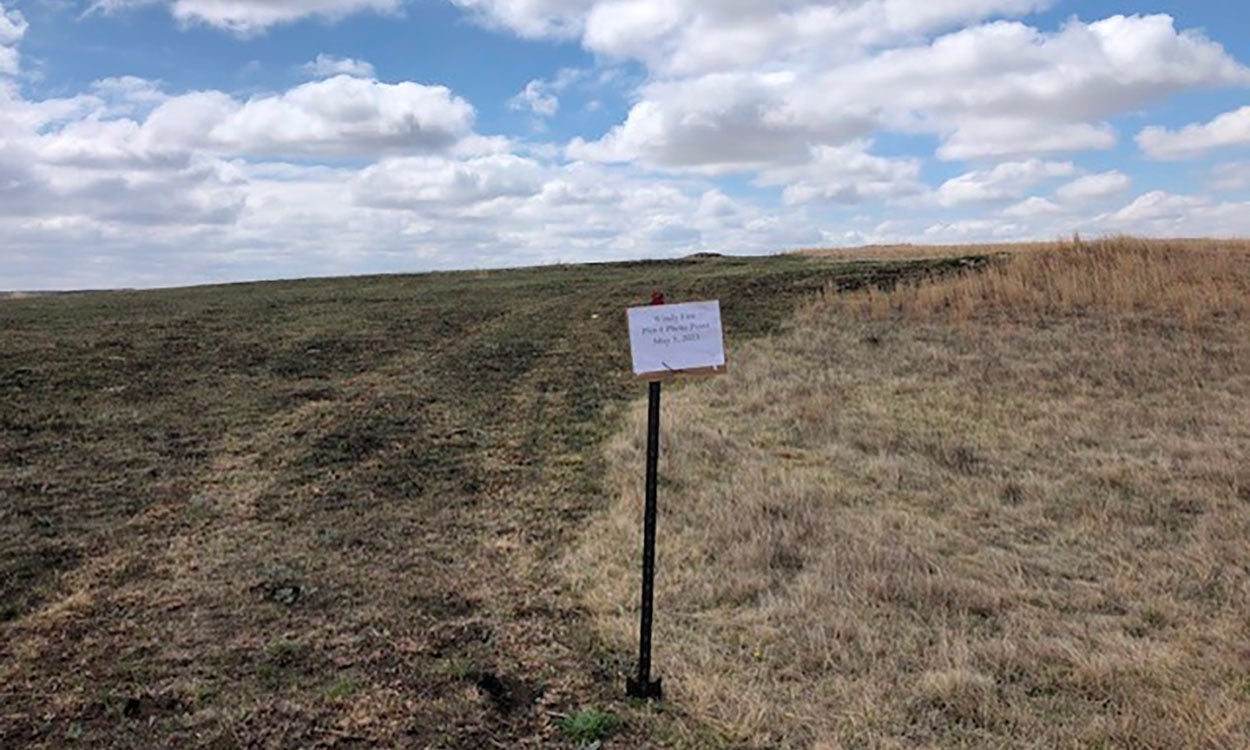
Range Roundup: Dormant Season Wildfire Project in Northwestern South Dakota
Two of the main environmental conditions that drive post-wildfire rangeland recovery include health of the rangeland ecosystem prior to the wildfire and climatic variables, such as precipitation or drought after the fire event.
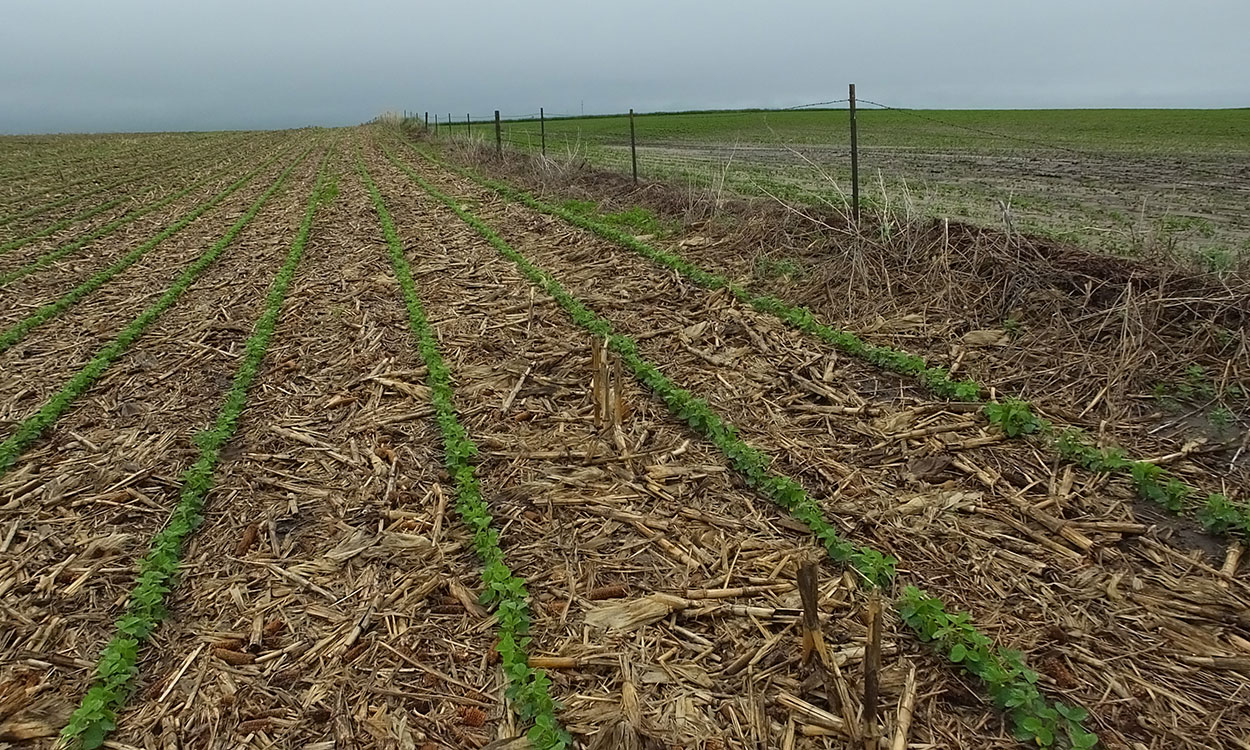
Economics of Different Crop Rotation Systems in South Dakota
Economic returns are an important factor to consider when selecting crop rotation systems.
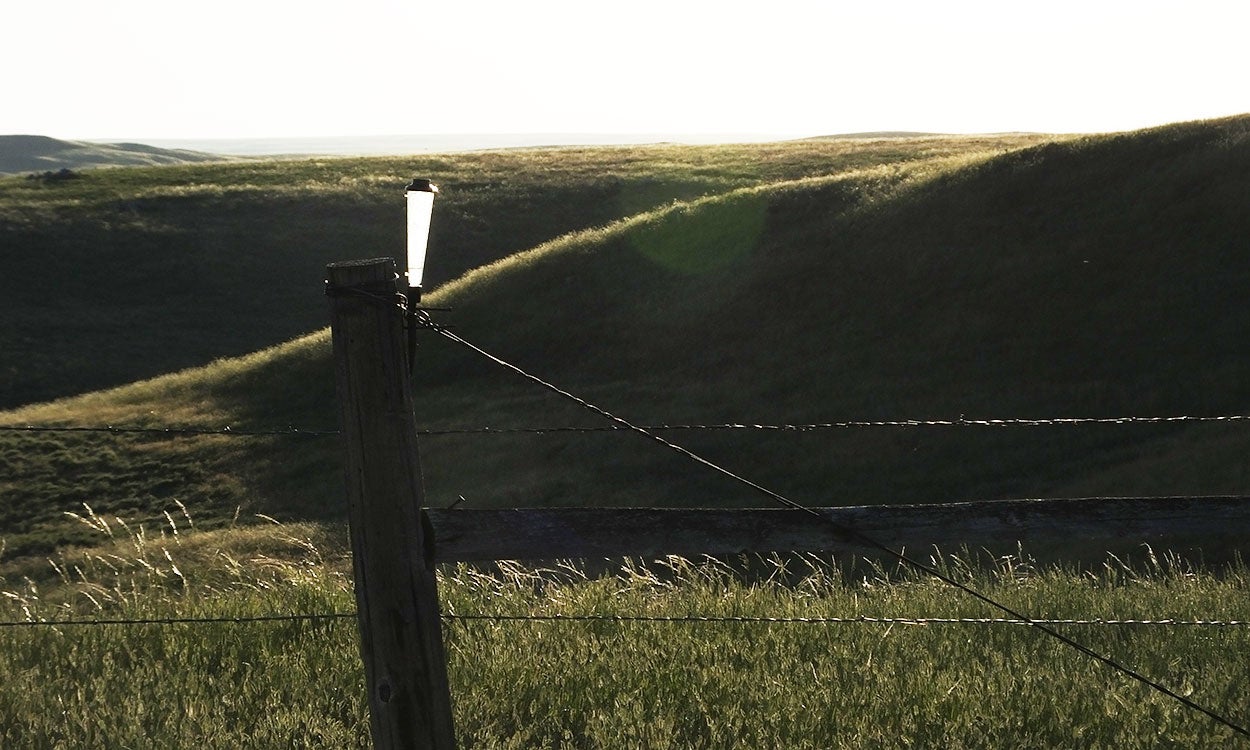
Five Range Management Principles: Overview
The goal of the Regenerative Rangelands program is to educate landowners and producers on grazing management and other decisions that impact the sustainability of their ranching operation.
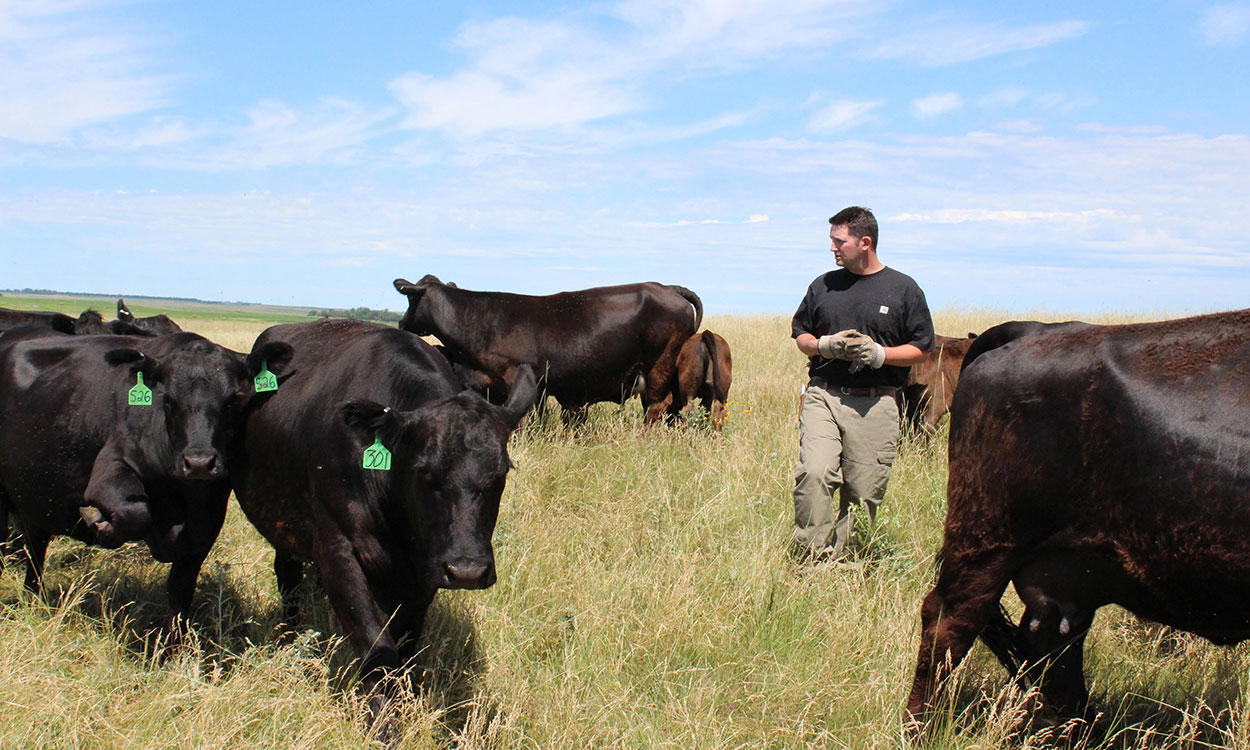
Management-Intensive Grazing Plays a Key Role in Expanding Grass-Based Agriculture
By improving livestock carrying capacity and reducing feed costs, grazing strategies at greater management intensity have the potential to improve grass-based livestock production profits.
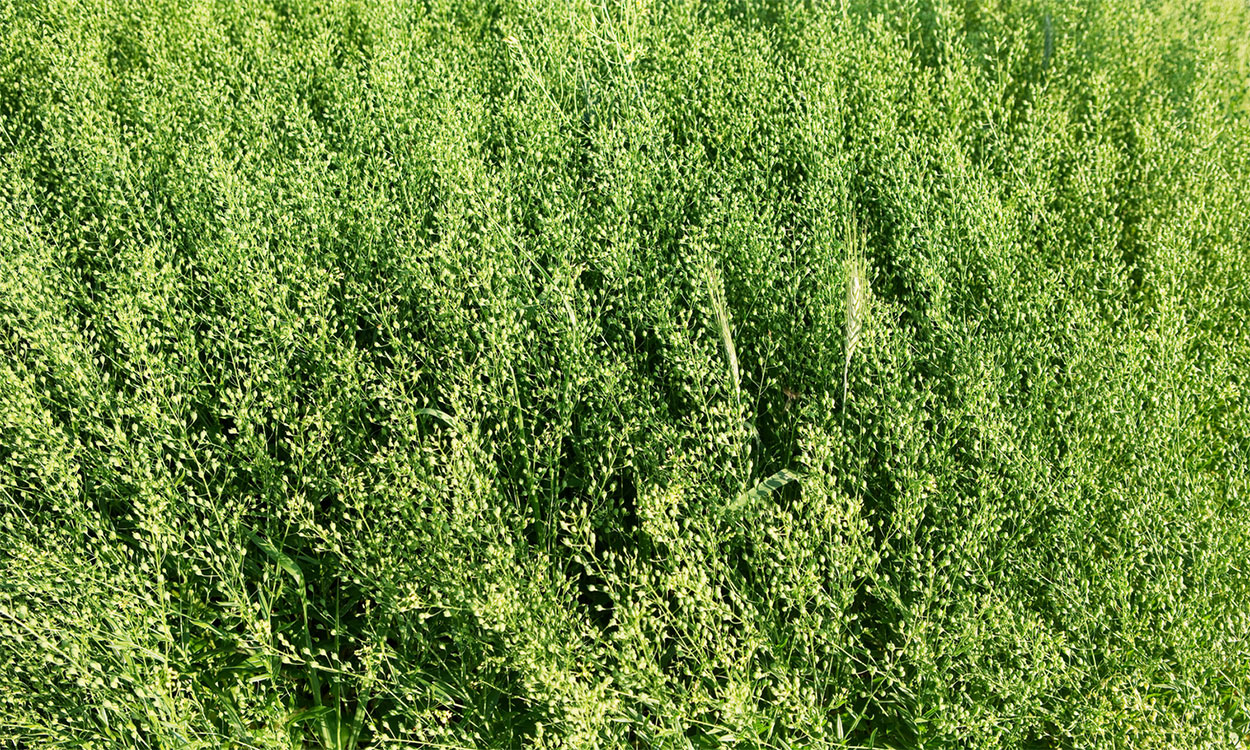
Spring and Winter Camelina in South Dakota
In the semi-arid, western portion of South Dakota, camelina has potential value as a fall-seeded cover crop, providing flexibility in crop rotations for improving soil health.

SDSU Extension to Host West River Field School June 29
June 08, 2022
The West River Field School will focus on the diverse nature of agriculture in western South Dakota and provide attendees with an opportunity to learn in a hands-on environment with SDSU Extension specialists.
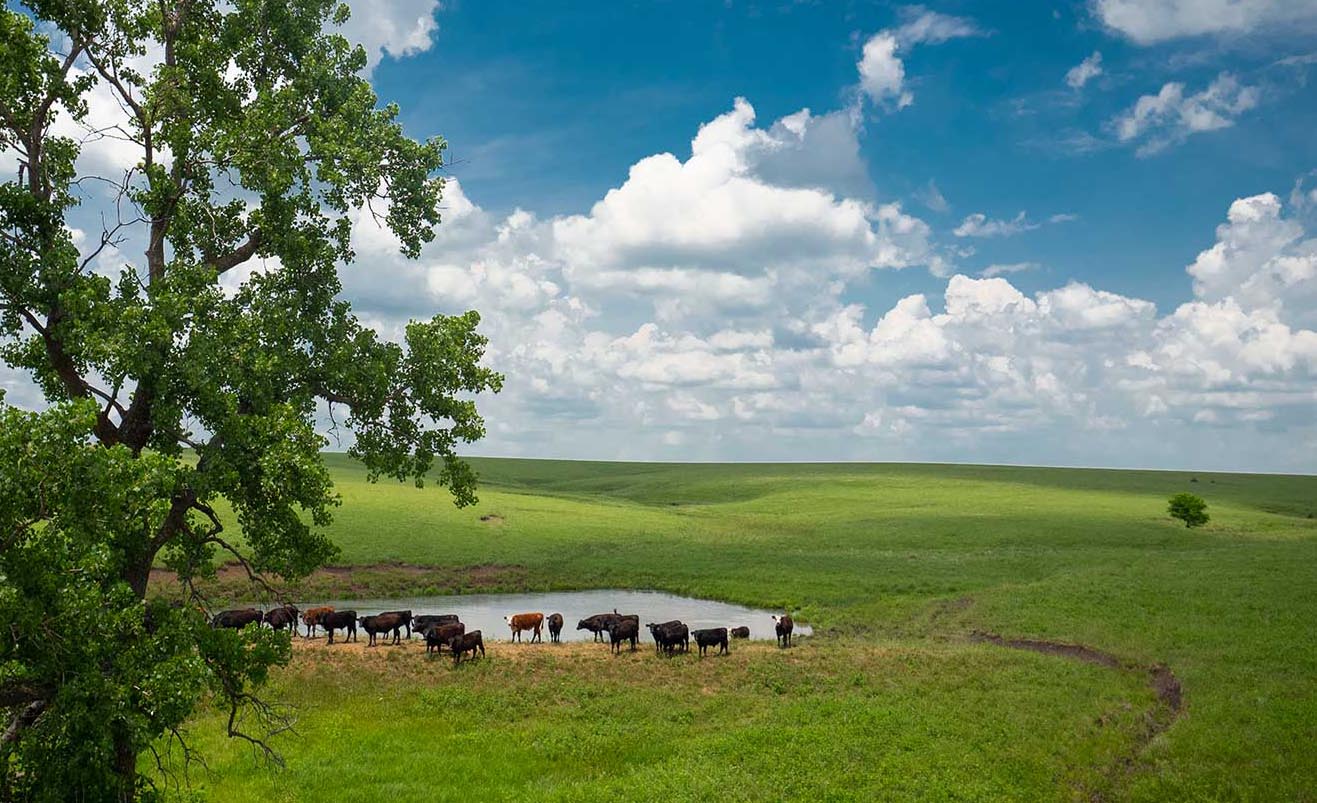
SDSU Extension Aids Producers in Protecting Livestock Through Water Testing Service
May 27, 2022
SDSU Extension is offering an on-site livestock water testing service at all SDSU Extension regional centers and several county offices throughout the state.
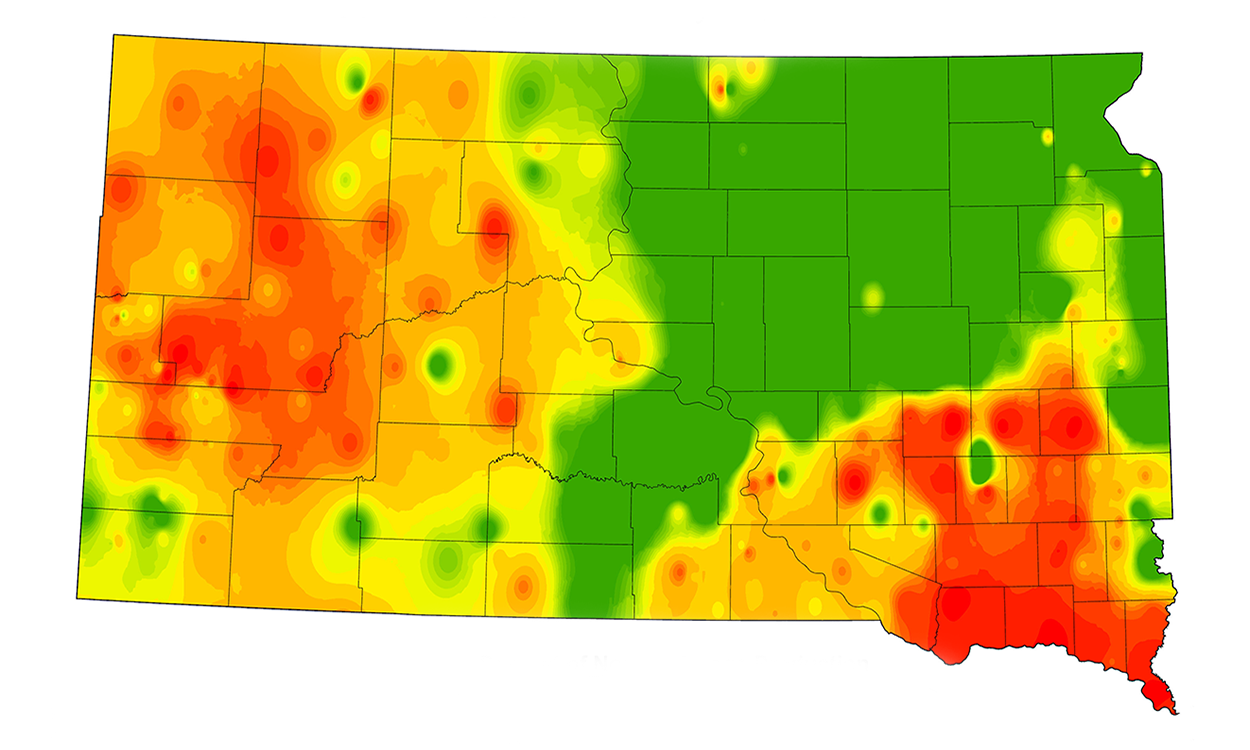
Herd Inventory Centers on Feed Available
With drought conditions continuing across the state, livestock producers will be making hard decisions on livestock inventory numbers as pasture and feed availability become an even more significant factor.

Factors That Influence Plant Development and Growth
Year-to-year variability in climate can result in large swings in annual forage production for livestock producers. Learn some key considerations to observing and mitigating the effects of this variability.